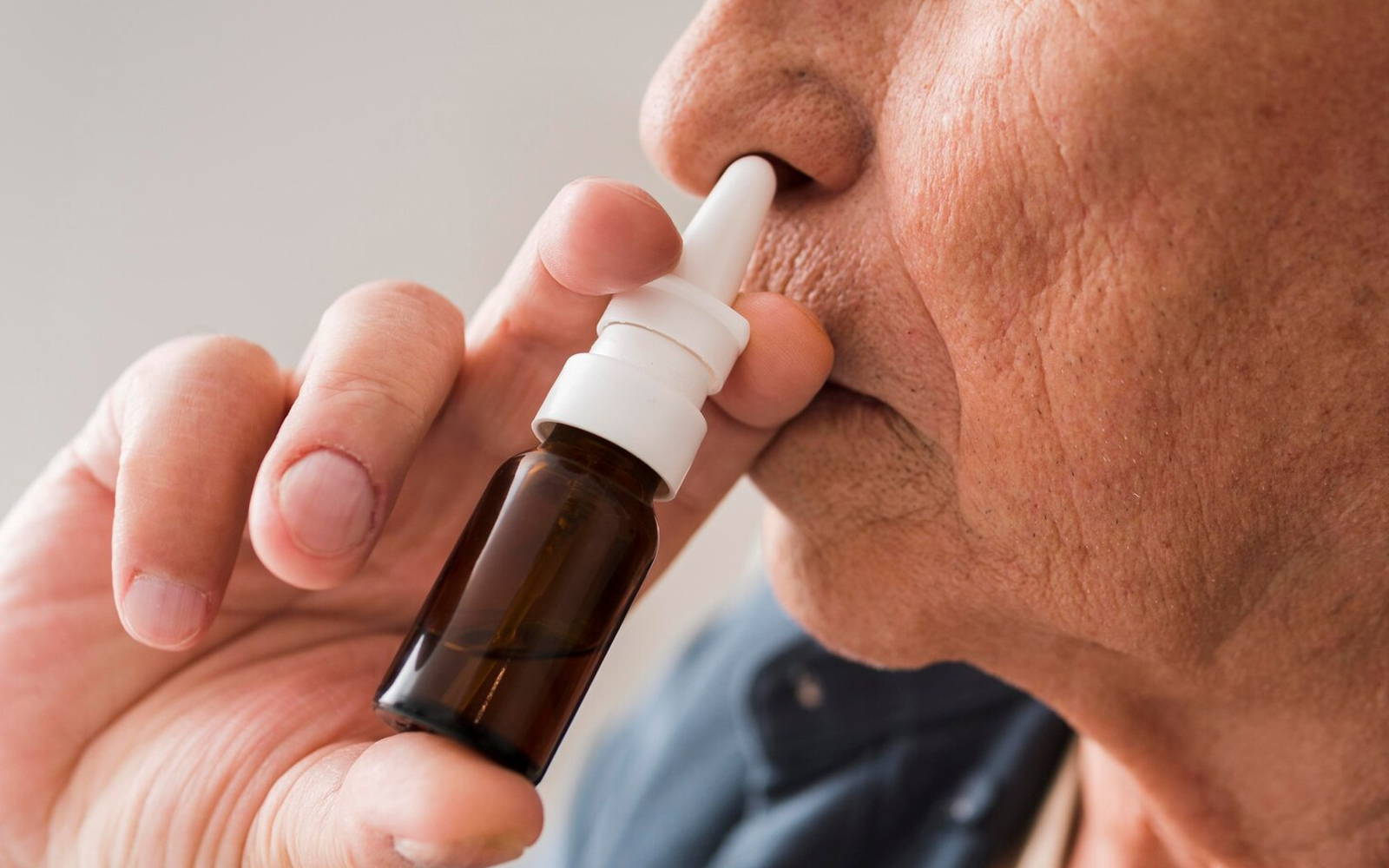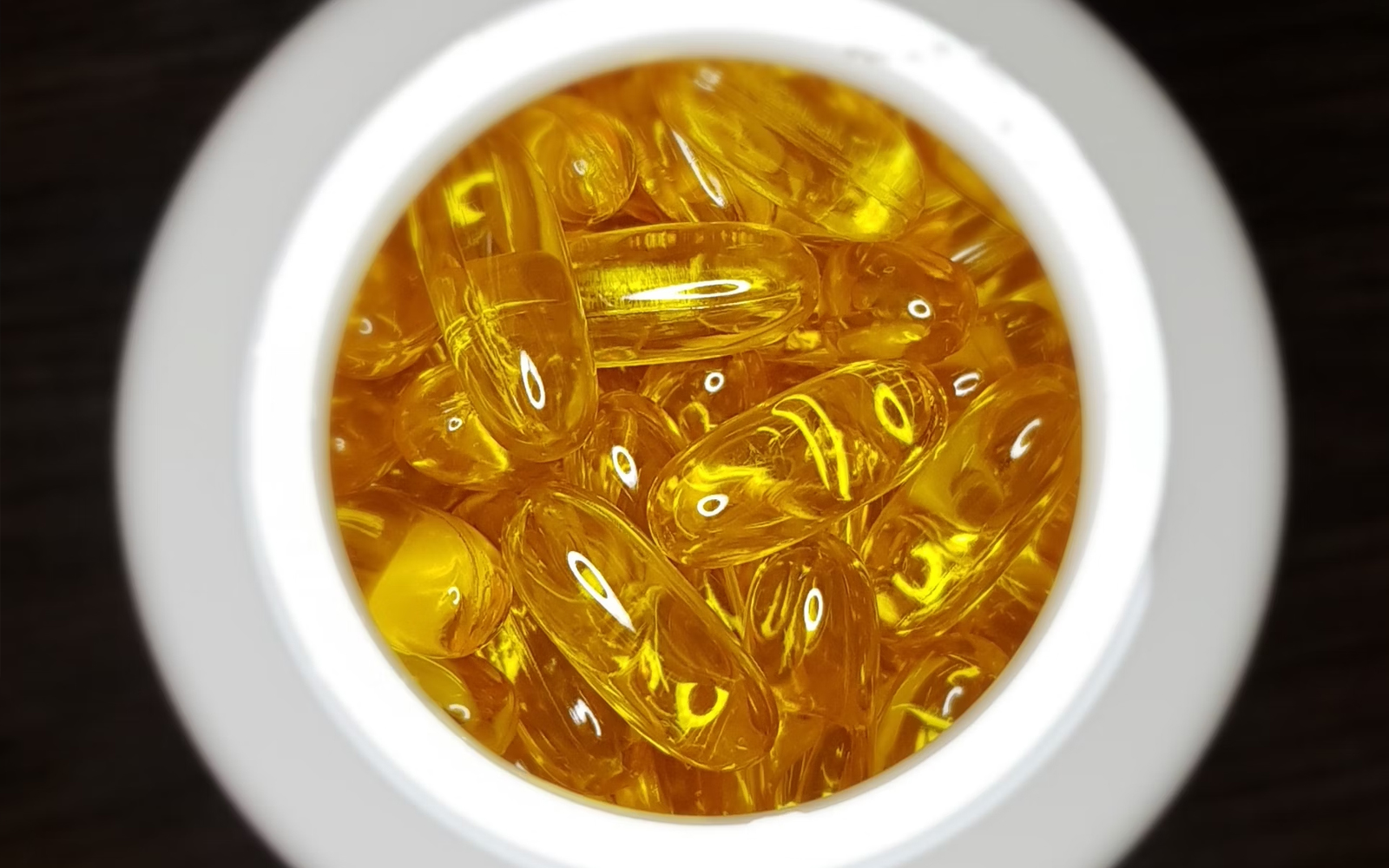
It might seem incredible, but there are indeed individuals who experience euphoria after a lengthy run. This phenomenon, referred to as “runner’s high” in the Western world, can impact even dedicated athletes. Nevertheless, scientists assert that attaining this state requires some effort.
What triggers runner’s euphoria? If you’ve never encountered it, what might you be missing? These inquiries, among others, find resolution in scientific exploration. Professionals have crafted a roadmap designed to lead you to the euphoric realm of running.
“Runner’s high” characterizes the sensation of euphoria induced by activities like running or other cardiovascular exercises. While the same effect can also be elicited through cycling or rowing, running remains its most closely associated activity.
For those who undergo this experience, euphoria typically sets in approximately 30 minutes to an hour after commencing the run. Naturally, this timeframe can vary based on individual fitness levels. Some research even suggests that humans evolved to exercise precisely due to this euphoric sensation.
Regrettably, it’s not a universally shared phenomenon. Even seasoned athletes or longstanding running enthusiasts may not always encounter this sensation. “Many runners find themselves only tired or even unwell at the end of lengthy races, not euphoric,” notes expert David J. Linden for John Hopkins Medicine magazine.
In recent years, prevailing thought leans toward the notion that it’s a kind of cultural hypothesis. Even the Beh.sk portal posits that runner’s euphoria is merely a “myth amplified by popular culture,” likely originating from various studies in the 1980s. David J. Linden, a neuroscience professor, even concedes that running doesn’t inundate our bodies with endorphins, as commonly believed.
If someone has mentioned feeling happy after running due to endorphins, they weren’t entirely accurate. This prevalent belief has been debunked by scientific inquiry. While endorphins aid in alleviating muscle pain, it’s improbable that endorphins in the bloodstream contribute to the euphoric sensation. Studies indicate that endorphins do not penetrate the blood-brain barrier.
The positive mood some individuals experience is more closely associated with endocannabinoids – biochemical substances akin to cannabis but produced naturally by the body.
Exercise boosts endocannabinoid levels in the bloodstream, as Linden explains. Unlike endorphins, endocannabinoids readily traverse the cell barrier, separating the bloodstream from the brain, where they foster short-term psychoactive effects like reduced anxiety and feelings of tranquility.
Biological sciences professor David Raichlen advises in Runner’s World magazine that to augment endocannabinoid production, it’s optimal to calibrate the intensity of your training between 70 to 85 percent of your maximum heart rate, which can be calculated based on your age.
If achieving runner’s euphoria proves elusive, it may be worthwhile to alter your routine. Experts suggest experimenting with different distances or varying your pace more frequently. However, it’s important to recognize that some individuals may simply never experience this euphoric state, and that’s perfectly acceptable. You’ll still reap the benefits of regular exercise.

“Voluntary exercise is the single best thing you can do to mitigate cognitive decline associated with natural aging,” Linden emphasizes. Furthermore, you’ll bolster your heart health and diminish the risk of various ailments.
Additionally, running boasts a potent antidepressant effect. “It blunts the brain’s response to physical and emotional stress,” Linden asserts. Therefore, even if you never attain runner’s euphoria, your body will express its gratitude in other ways.


